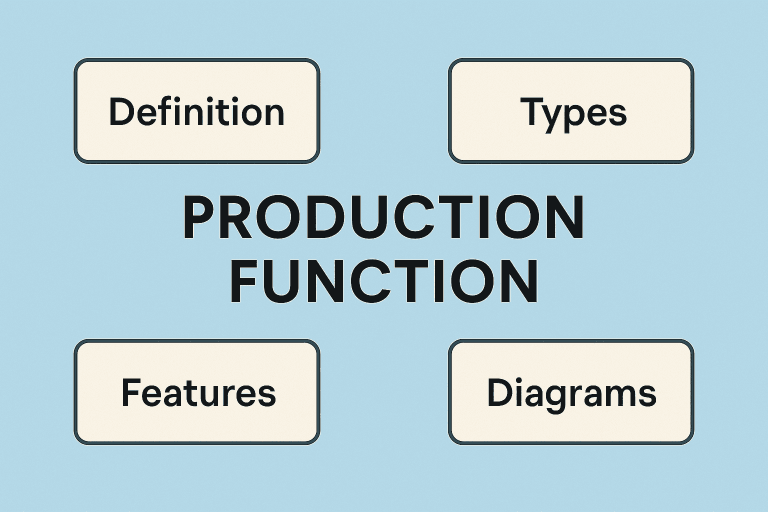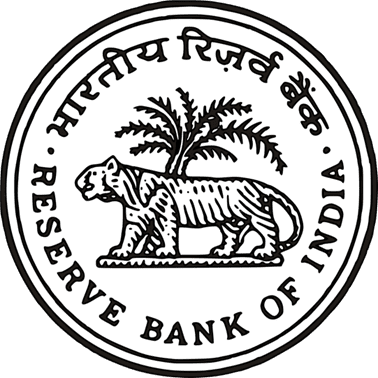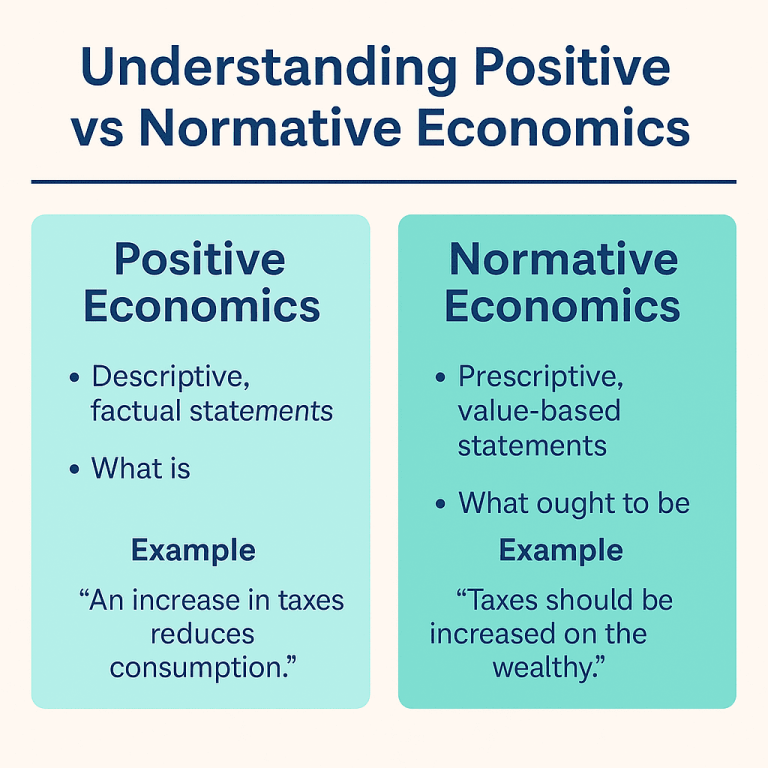Understanding the Production Function is crucial for competitive economics exams like CUET PG Economics, UGC NET Economics, IIT JAM Economics, and the Indian Economic Service (IES). This concept forms the foundation for studying microeconomics, production theory, and cost analysis.
In this guide, we will cover:
Definition of Production Function
Key concepts & components
Types of Production Functions (with examples)
Features of each type
Relevant diagrams (described)
Exam-oriented notes & tips
1. Definition of Production Function
In economics, a Production Function is a mathematical representation of the relationship between inputs (factors of production) and output.
Q=f(L,K,M,…)Q = f(L, K, M, …)Q=f(L,K,M,…)
Where:
Q = Quantity of output
L = Labour input
K = Capital input
M = Raw materials
f() = Functional relationship
Exam Tip: Many questions in CUET PG, IIT JAM, UGC NET and IES ask for the functional form of production functions.
In economics, a production function is a mathematical representation of the relationship between inputs (factors of production) and outputs (goods or services). It helps businesses and economists understand how efficiently resources are being used to produce goods and services.
This blog post will cover:
Definition of Production Function
Types of Production Functions
Features of Each Type
Diagrams (Where Applicable)
Relevance in Modern Economics
1. Definition of Production Function
A production function expresses the maximum output a firm can produce given a set of inputs, assuming efficient utilization of technology. The general form is:
Q=f(L,K,M,…)Q=f(L,K,M,…)
Where:
Q = Quantity of output
L = Labor input
K = Capital input
M = Raw materials (other inputs)
The production function can be short-run (where some inputs are fixed) or long-run (where all inputs are variable).
In production function analysis, points on the production frontier represent technically efficient production, where the firm maximizes output for given inputs without waste.
Points inside the frontier indicate inefficiency, meaning the firm could produce more with the same resources due to factors like poor management or idle capacity
Points outside the frontier are unattainable with current inputs and technology, requiring either more resources or technological advancements to achieve. Essentially, being on the curve is optimal, inside implies wasted potential, and outside sets a future target for growth or innovation.
4. Types of Production Functions
4.1 Cobb-Douglas Production Function
Q=ALαKβQ = A L^{\alpha} K^{\beta}Q=ALαKβ
A = technology parameter
α, β = output elasticities of labour and capital
Features:
Widely used in empirical studies.
Shows constant elasticity of substitution.
If α + β = 1 → constant returns to scale.
Diagram: Isoquants are smooth, convex to origin.
4.2 Linear Production Function
Q=aL+bKQ = aL + bKQ=aL+bK
Perfect substitutability between labour and capital.
Isoquants are straight lines.
Useful in modelling cases where one input can completely replace another.
4.3 Leontief (Fixed Proportion) Production Function
Q=min(La,Kb)Q = \min \left( \frac{L}{a}, \frac{K}{b} \right)Q=min(aL,bK)
Inputs used in fixed proportions.
No substitution possible.
Isoquants are L-shaped.
4.4 CES (Constant Elasticity of Substitution) Production Function
ticity of Substitution) Production Function
Q=A[δL−ρ+(1−δ)K−ρ]−1/ρQ = A \left[ \delta L^{-\rho} + (1 – \delta) K^{-\rho} \right]^{-1/\rho}Q=A[δL−ρ+(1−δ)K−ρ]−1/ρAllows different degrees of substitution between inputs.
Elasticity of substitution is constant but not necessarily equal to one.
4.5 Translog Production Function
lnQ=α0+αLlnL+αKlnK+βLL(lnL)2+βKK(lnK)2+βLKlnLlnK\ln Q = \alpha_0 + \alpha_L \ln L + \alpha_K \ln K + \beta_{LL} (\ln L)^2 + \beta_{KK} (\ln K)^2 + \beta_{LK} \ln L \ln KlnQ=α0+αLlnL+αKlnK+βLL(lnL)2+βKK(lnK)2+βLKlnLlnKFlexible functional form.
Can approximate many other production functions.
Useful in empirical analysis.
4.6 Other Special Forms
Homogeneous Production Functions – Degree indicates returns to scale.
Quadratic & Polynomial Forms – Used in applied econometrics.
5. Diagrams (Described)
Cobb-Douglas: Smooth convex isoquants, evenly spaced for higher outputs.
Linear: Straight-line isoquants, showing perfect substitutability.
Leontief: L-shaped isoquants, fixed proportion use of inputs.
CES: Convex isoquants but curvature depends on elasticity of substitution.
6. Features of Production Functions
Relates input-output technically, not monetarily.
Applicable for specific technology and time period.
Can be estimated statistically using regression analysis.
Helps in determining efficient production.
7. Significance for Exams & Economic Analysis
CUET PG Economics: Concept-based MCQs on definitions, features, and types.
UGC NET Economics: Theoretical + applied questions on returns to scale, elasticity of substitution.
IIT JAM Economics: Numerical problems using Cobb-Douglas, CES.
Indian Economic Service: Essay-style, derivation-based questions.
8. Related Resources
Conclusion
The Production Function is a foundational topic in microeconomics and forms a recurring theme in competitive exams. Understanding its definition, types, features, and diagrams helps students answer both theory-based and numerical questions. Mastery of this topic not only helps in scoring well in exams like CUET PG Economics, UGC NET Economics, IIT JAM Economics, and IES, but also deepens your understanding of how firms transform resources into goods and services.



